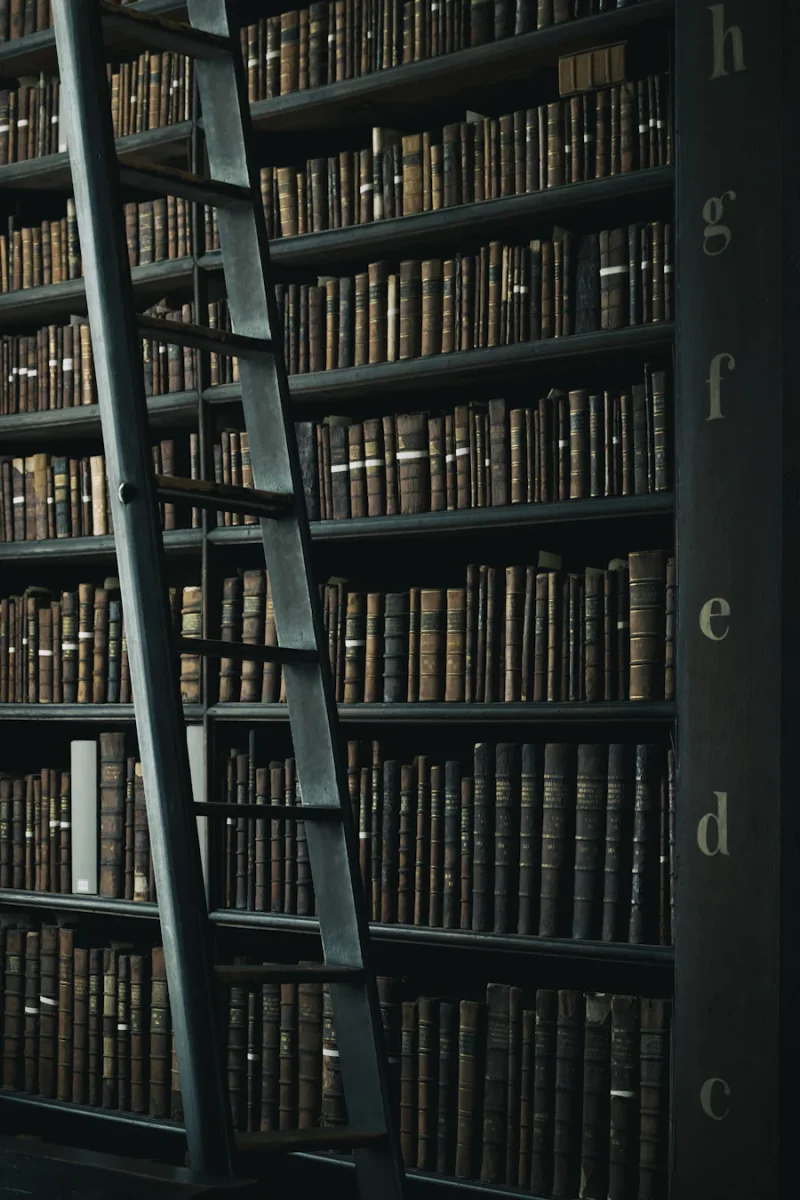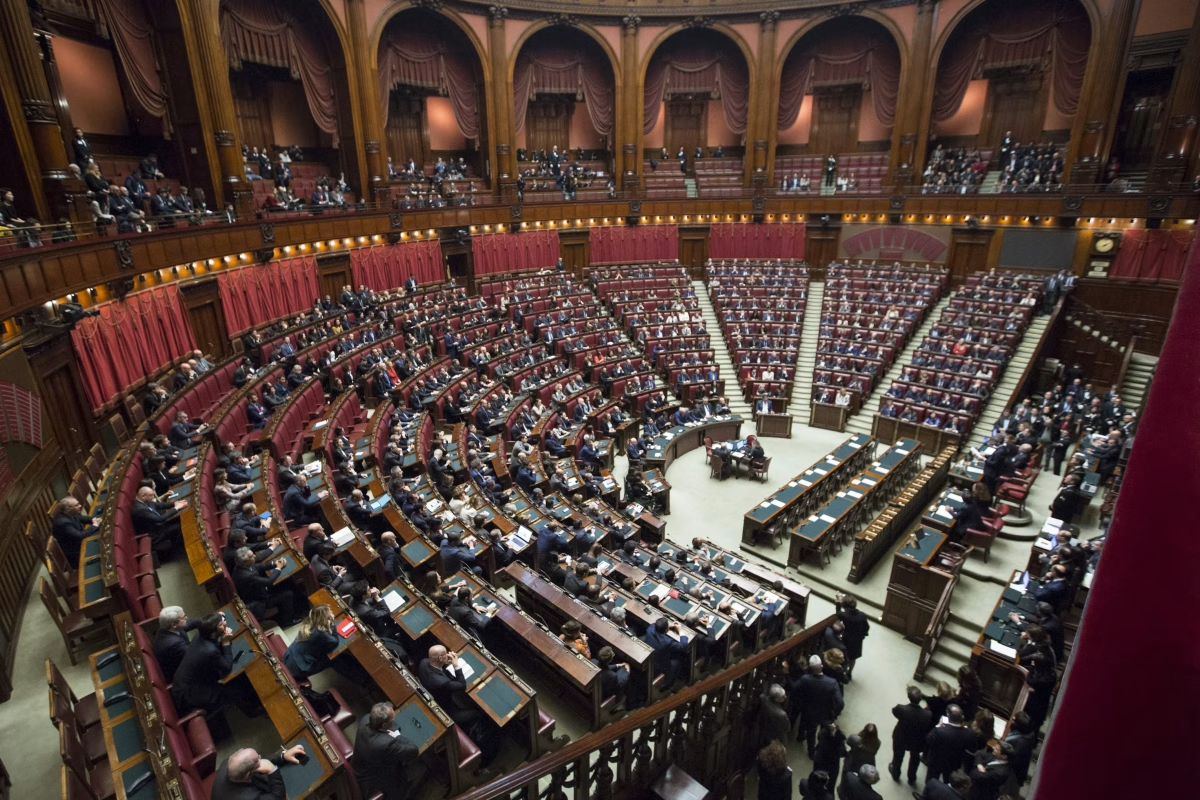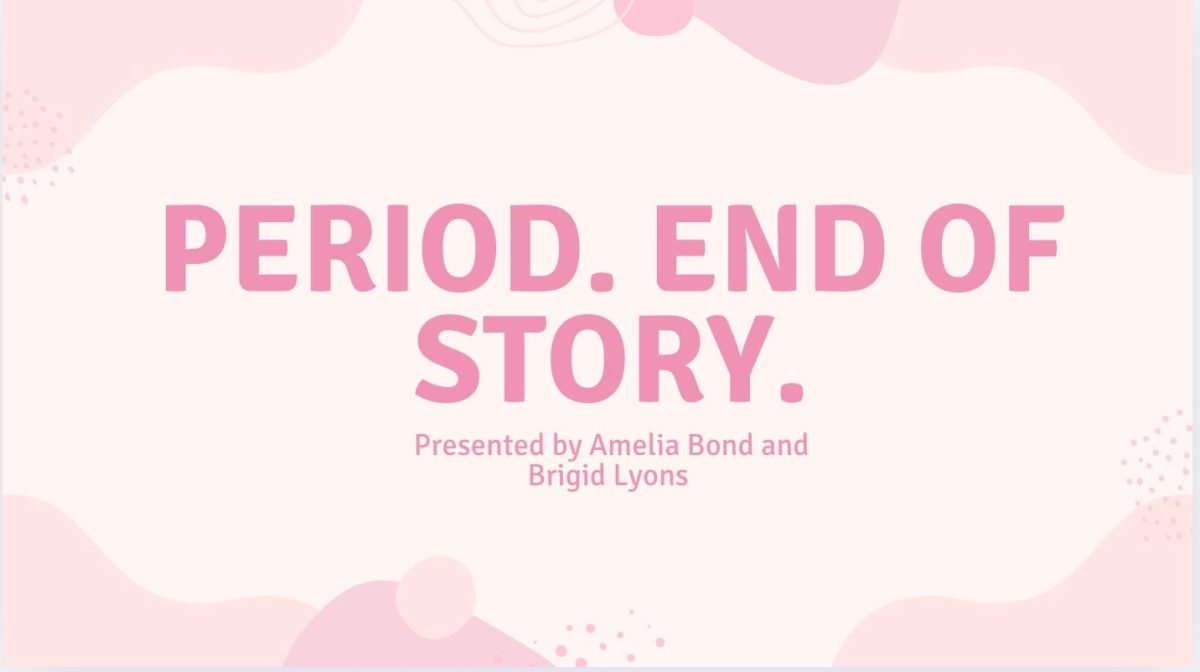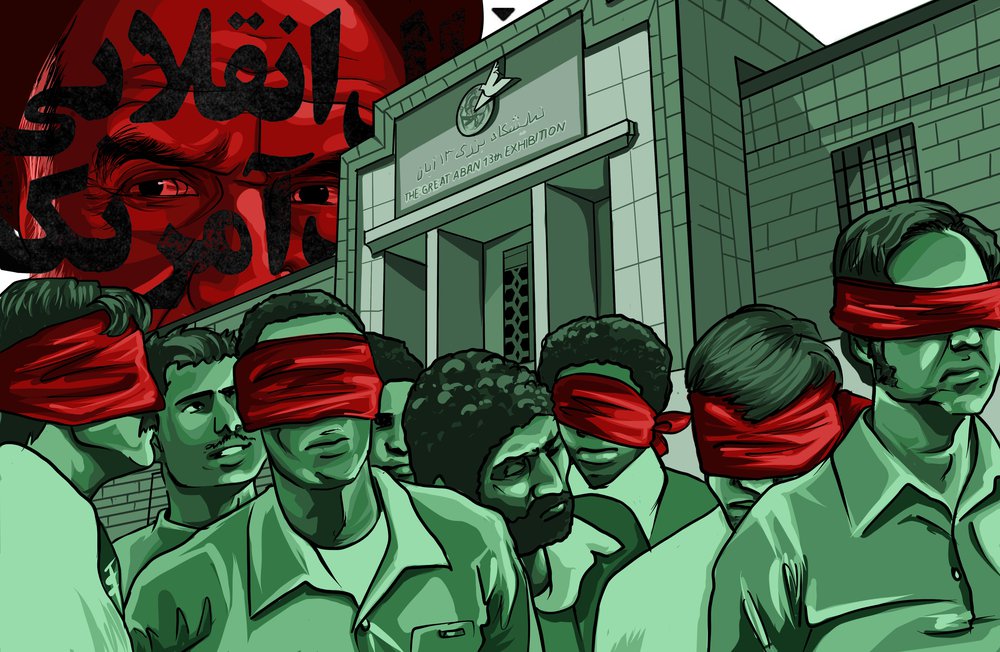The Apollonian pursuit of order and harmony often finds itself juxtaposed with the Dionysian embrace of chaos and ecstasy throughout history. However, nobody can enjoy life without the Dionysian Chaos, and there would be no order if the Apollonian structure did not exist. Slave Old Man by Patrick Chamoiseau explores the concepts of structure and chaos through the birth of a man from these two opposing forces. He uses the slave old man to make us recognize the peace within such a balance. The old man found this bliss after escaping the institution of slavery and journeying through the woods. He was created in a structure, then reformed by chaos and reborn after experiencing the extremes of having one without the other can lead one too. When mixing both, can inner humanity be found?
In order to understand how the old man came to be, we have to see him at the beginning of his journey. In the first chapter, “Matter,” we see the old man existing as just that. Chamoiseau uses detail and diction to further enhance the idea of him as just a present constant. Chamoiseau describes him as “empty” (7) and “depthless” (7); consequently, he has no desires even for himself, and so he “never begged for anything” (7). Even amongst other enslaved people, he does not participate in “veilles” (8) and is in a constant state of ‘mindless motion” (7). By all means, he truly had no existence other than plantation work. Chamoiseau has isolated the old man into a lonely figure using diction. Despite this, the old man escapes the Apollonian institution of slavery. In chapter 3, we see him enter “Another world. Another reality.” (39). The tone used now is freer with him and signifies the start of his change. The old man turned from an “antique slave” (9) into a “fugitive” (41) by unlocking the “energy living inside him” (41). The minor detail Chamoiseau uses to describe his skin before as a “cast-iron buckets or rusty pipes”(7) into “sensitive.. porous .. powder” (41), showing initially, even his skin was tied with elements related to slavery. As he gets further away from the plantation, the description of him also shifts, becoming more vivid and hyper-aware, humanizing him more with these minor changes. He begins to experience new sensations, transcending emotions as he embraces his newfound freedom.
As a result of this newly found freedom, his actions to fully liberate himself from any lingering sense of structure into chaos are shown through the imagery and details provided. The old man starts having surges of energy, and “nothing seems to exhaust his energy” (40). Due to his abundance of chaos, he has begun to lose himself, subsequently entering a state of “profound disorientation” (41). He continued in this state out of fear of feeling anything similar to the structure he once knew in slavery. To put it simply, “he was scared shitless” (41). Due to fear, he saw “nothing” (41), and he lost sight of even his purpose at the moment and could not even tell if “he was backtracking” (41) to the plantation. He even feared the new “energy living inside him was a stranger” (41) despite the energy being him; he could not acknowledge this at that moment as he had lost himself to the chaos. He begins to “run with all his might” (42) and starts doing “random” (42) movements in excess, emphasizing that his current actions have no reason behind them except the fear of being calm and still. Soon, “he was not conscious of anything” (42) and could “no longer perceive” (42) himself instantly, losing himself in chaos. He did not know where or who he even was at that moment.
Thus, in the old man’s state of fear, Chamoiseau utilizes this emotion to challenge stereotypes, employing darkness as a source of comfort and light as a trigger for pain, thereby facilitating the old man’s journey toward peace amid unfamiliarity. As the old man begins to succumb to chaos, darkness, both literally and figuratively, emerges to guide him. Encountering “tragic blackness” (41), he finds solace in its embrace, experiencing a “stillness” not fully free of fear but filled with a newfound sense of Apollonian calmness and “sensations.”(42). Despite the conventional association of darkness with fear and discomfort, for him, it brings a sense of peace and structure. Moreover, the darkness “reveals” new facets of the woods, gradually acquainting him with its nuances. However, as daybreak approaches, Chamoiseau reminds us of the fleeting nature of comfort. Once exposed to light, “his eyelids burn ” (44), prompting him to avoid exploring the “great unknowns” (44) in any way other than through the familiar alliance with darkness. The initial play of imagery and diction emphasizes this notion, highlighting the old man’s apprehension towards the impending light. Despite his fear, he acknowledges the inevitability of daylight and devises a solution, a “blindfold”(44), enabling him to maintain his connection with darkness while accepting light as a guiding force. This parallel journey between chaos and structure culminates in the old man’s realization of harmony within both realms.
In conclusion, when analyzing “Slave Old Man” as a post-colonial text, Chamoiseau’s deliberate use of detail and description effectively highlights the interplay between Apollonian and Dionysian elements, resonating with contemporary audiences. As individuals, we all strive to unearth our inner humanity, a quest that necessitates navigating the delicate balance between chaos and structure. The old man’s journey, from enslavement to the depths of the great woods, is a poignant metaphor for personal growth and resilience in the face of adversity. Despite societal stereotypes and odds stacked against him, he perseveres, embodying the spirit of triumph over oppression. Ultimately, Slave Old Man implores us to confront and conquer the challenges that confront us, guiding us toward a deeper understanding of ourselves and our humanity. So yes when mixing both, that is where inner humanity is found.
Works Cited
Chamoiseau, Patrick, et al. Slave Old Man. The New Press, 2019.














